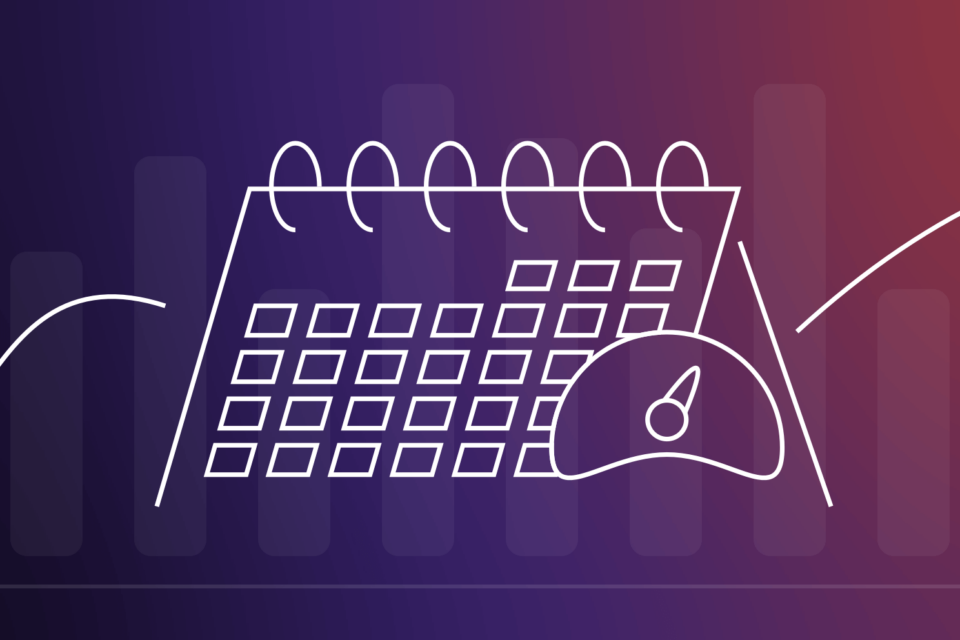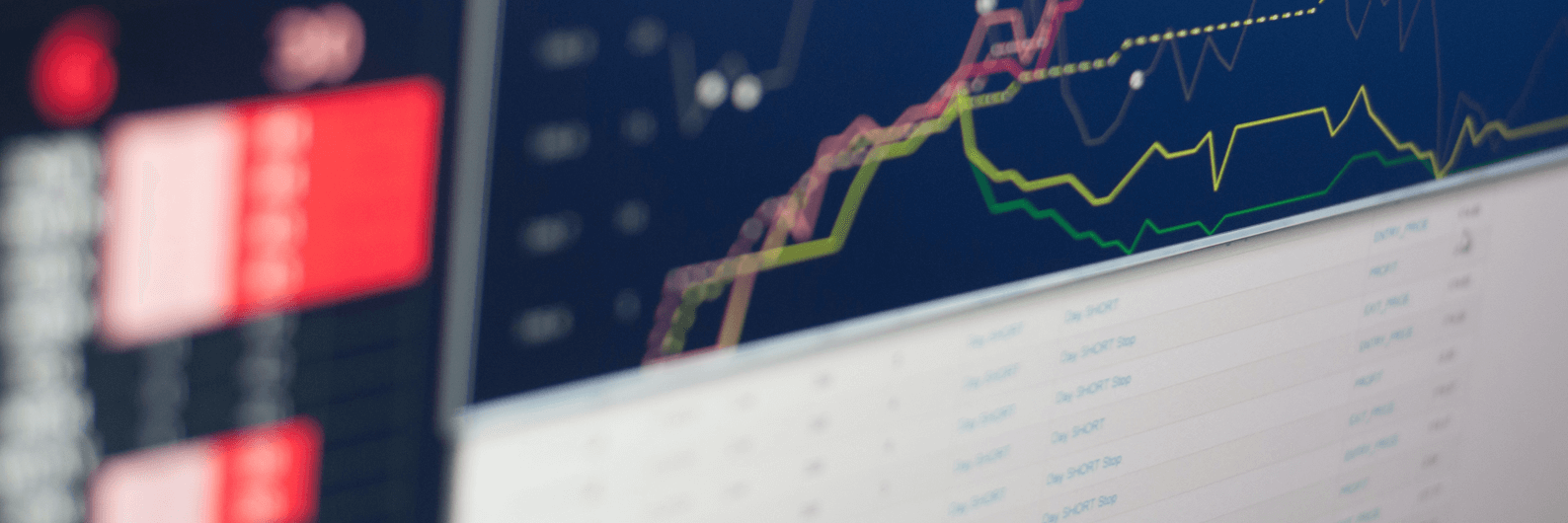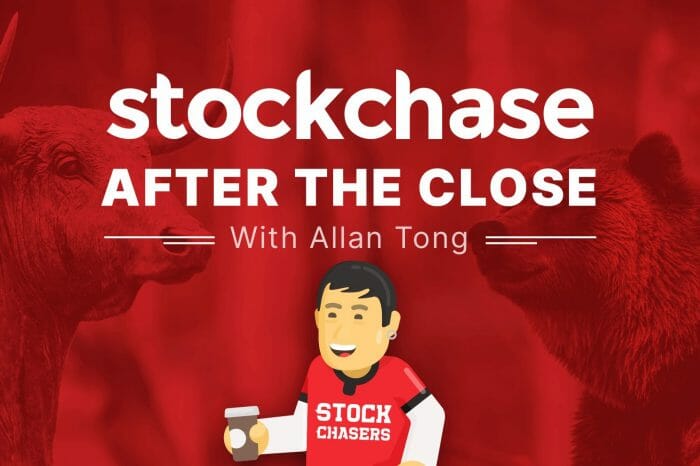What is the VIX? The VIX Index Decoded

The Chicago Board Options Exchange Volatility Index, commonly known as the VIX, is a widely recognized measure of expected volatility in the US stock market. It is often referred to as the “fear gauge” as it reflects investors’ perception of market risk and fear. In this article, we will explore what is the VIX, how it is calculated, its significance as a contrary market indicator, and its potential use in determining investment returns.


What is the VIX?
The short answer to What is the VIX? is it is an index that measures expected stock market volatility, often termed the “fear gauge” of the market.
What is the VIX Index?
The VIX Index is often referred to as the VIX. What is the VIX? or What is the VIX Index? is basically the same question. The quick answer is it’s the Chicago Board Options Exchange Volatility Index.
What does the VIX Index represent?
The VIX Index, also known as the Fear Index or the Volatility Index, represents the market’s expectation of future volatility. Developed by the Chicago Board Options Exchange (CBOE), it measures the implied volatility of S&P 500 index options. The VIX Index is often used as a gauge of investor sentiment and risk appetite. It is calculated using a complex formula that takes into account the prices of options with different strike prices and expiration dates.
A higher VIX value indicates higher expected volatility and uncertainty in the market, implying higher levels of fear or anxiety among investors. On the other hand, a lower VIX value suggests lower expected volatility, indicating a more stable and calm market.

How is the VIX used by traders, analysts and investors?
The VIX Index is widely watched by traders, analysts, and investors as a measure of market sentiment and can be used as a tool for hedging or speculating on market volatility. It is also used as a benchmark for various derivative products and as a reference for portfolio managers to manage their risk exposure.
Can VIX help determine returns?
Historically, there has been an inverse relationship between the VIX and market returns. When the VIX is high, indicating heightened market fear, it is often a signal that the market may be near a bottom. On the other hand, when the VIX is low, it suggests a more bullish sentiment and the possibility of a market top.
When the VIX falls below 15, the market is less volatile, and very volatile at 40. At 19, it’s average. Be careful using the VIX to predict returns, not recommended. The VIX around 9 is vulnerable to complacency, and at 40 the market could be bottoming.
Brooke Thackray

Understanding the VIX
The VIX is derived from the prices of options on the S&P 500 Index and represents the expected volatility over the next 30 days. It is a forward-looking measure that indicates how much investors anticipate the stock market to fluctuate. The VIX is calculated by combining the weighted prices of put and call options on the S&P 500 Index.
How is the VIX Calculated?
The calculation of the VIX is complex, but it involves aggregating the weighted prices of multiple put and call options on the S&P 500 Index. This calculation takes into account the implied volatility of these options, which is influenced by the supply and demand dynamics in the options market.
Interpreting the VIX
The VIX is often used as a contrary indicator. When the VIX is high, it suggests that investors anticipate increased market volatility and fear. Conversely, when the VIX is low, it indicates a more complacent market environment. It is important to note that extreme levels of the VIX are rarely sustained for long periods of time, and the index tends to revert to its mean.
Institutional Sentiment and the VIX
In addition to its use as a market indicator, the VIX can provide insights into institutional sentiment and the actions of large market players. Institutions often use options to hedge their portfolios against potential market downturns. By monitoring the VIX, investors can gauge whether institutions are increasing their hedging activities, indicating a more cautious outlook on the market.
VIX as a Measure of Market Stress
The VIX is also considered a measure of market stress. A higher VIX suggests increased market uncertainty and investor fear, while a lower VIX indicates a more stable market environment. As such, the VIX can provide valuable information for investors looking to assess market conditions and make informed investment decisions.
Implications for Investment Strategy
The VIX can be a useful tool for investors when developing their investment strategies. When the VIX is high, it may be an opportune time to consider buying stocks, as market fear and uncertainty often lead to attractive valuations. Conversely, when the VIX is low, it may be a sign to exercise caution and consider taking profits or implementing risk management strategies.

Trading the VIX
While the VIX itself cannot be directly traded, investors have various options to gain exposure to volatility through derivative products linked to the VIX. The Chicago Board Options Exchange (CBOE) introduced VIX futures and options, allowing investors to trade on expected changes in volatility. Additionally, exchange-traded funds (ETFs) and exchange-traded notes (ETNs) linked to the VIX provide another avenue for investors to access volatility trading strategies.
Trading Strategies Using the VIX
Traders can employ different strategies using the VIX to take advantage of market volatility. When the VIX is high, indicating increased volatility, traders may consider selling options to generate income. Conversely, when the VIX is low, traders may look for opportunities to buy options as a way to hedge their positions or speculate on potential market moves.
Risks and Considerations
It is important to note that trading the VIX and volatility products can be complex and involves risks. Volatility can be unpredictable, and the VIX itself can experience significant fluctuations. Traders should carefully consider their risk tolerance and have a thorough understanding of the products they are trading before engaging in volatility trading strategies.

Conclusion
The VIX serves as a valuable indicator of expected volatility and market sentiment. By monitoring the VIX, investors can gain insights into market risk, fear, and the actions of institutional players. While the VIX alone does not determine investment returns, it can be a useful tool in developing investment strategies and managing risk.



